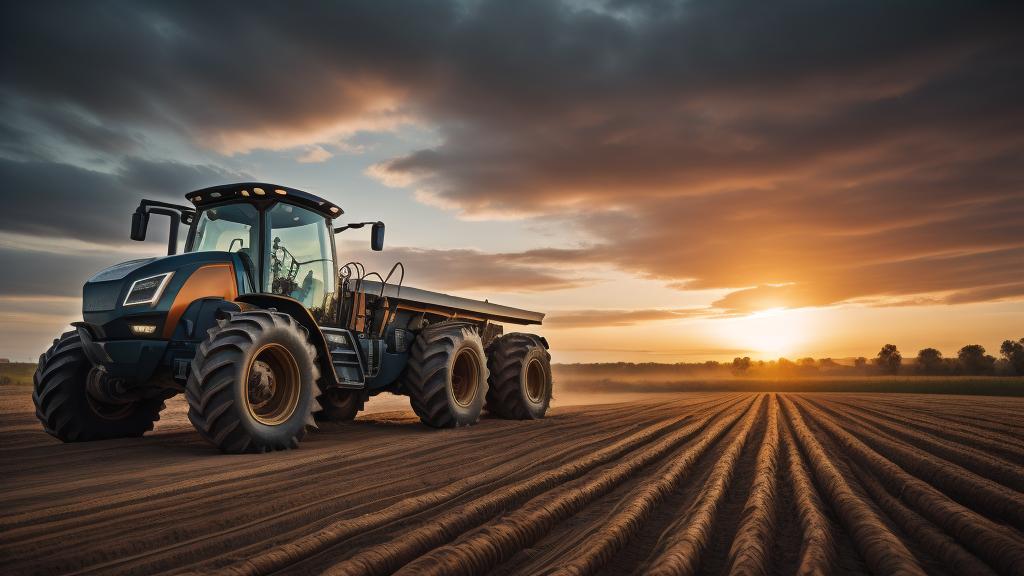In recent years, the global push towards renewable energy has seen significant innovations, one of the most intriguing being agrivoltaics. This intersection of agriculture and solar technology is not only reshaping how we think about energy production but also promising transformative effects on farming practices worldwide.
### The birth of agrivoltaics
It all started with a rather simple observation: crops and solar panels can coexist on the same plot of land. The concept of placing solar panels above crops, allowing farmers to generate power and grow food simultaneously, was once seen as impractical. But with advances in panel technology and land use strategies, agrivoltaics is now at the forefront of sustainable innovation.
### The efficiency equation
One of the main questions surrounding agrivoltaics is whether it compromises on efficiency in either domain. The good news is that studies are showing promising results. Research indicates that certain crops, especially those requiring partial shade, actually benefit from the environment created beneath solar panels. While the panels might not receive direct sun throughout the day, technological improvements ensure energy production remains robust.
### Agrivoltaics across the globe
The practice is gaining momentum worldwide with projects in regions as diverse as Japan, Germany, and the United States. In Japan, for instance, the government has endorsed agrivoltaics as a means to aid in the revitalization of rural communities. Meanwhile, Germany has become a leader in research and implementation, experimenting with various crops and technology combinations.
### Farmers and energy providers: A symbiotic relationship
Perhaps the most compelling aspect of agrivoltaics is the potential for farmers and energy companies to work together in unique, symbiotic arrangements. For energy providers, this means a chance to use the vast expanses of farmland for generating power without buying out agricultural land. For farmers, it's a new revenue stream and a way to insulate themselves from the vagaries of climate change and market fluctuations.
### Challenges and future prospects
Despite its promising nature, agrivoltaics is not without challenges. Initial setup costs can be prohibitive, and the need for customized solutions to meet the specific requirements of crops and climates demands significant integration effort. However, increasing interest and investment signal a burgeoning industry ready to tackle these issues.
### Policy and the green agenda
Policy frameworks are evolving to support this dual-use agriculture. Governments are beginning to recognize the potential of agrivoltaics to contribute to carbon neutrality goals, sparking new legislation that encourages adoption. Incentives for developers and tax breaks for farmers are becoming more prevalent, though coordinated global strategies remain a visionary frontier.
### Conclusion: A greener, brighter future
As the world seeks sustainable solutions to climate change, agrivoltaics stands out as a beacon of innovation. By combining agriculture and solar energy, humanity is crafting a future where energy is abundant, food systems are secure, and land use is optimized. This revolution isn’t just about the panels and the crops but about connecting industries and communities to a shared, sustainable vision.
Agrivoltaics is a reminder that solutions to complex global issues often lie in the synergy of disciplines, where unlikely partnerships foster unexpected progress. As we gaze into the horizon, the fields of solar panels amid stretches of farmland offer not just a sight of ingenuity but a promise of a balanced, hopeful future.
Revolutionizing solar energy: The rise of agrivoltaics in sustainable farming

